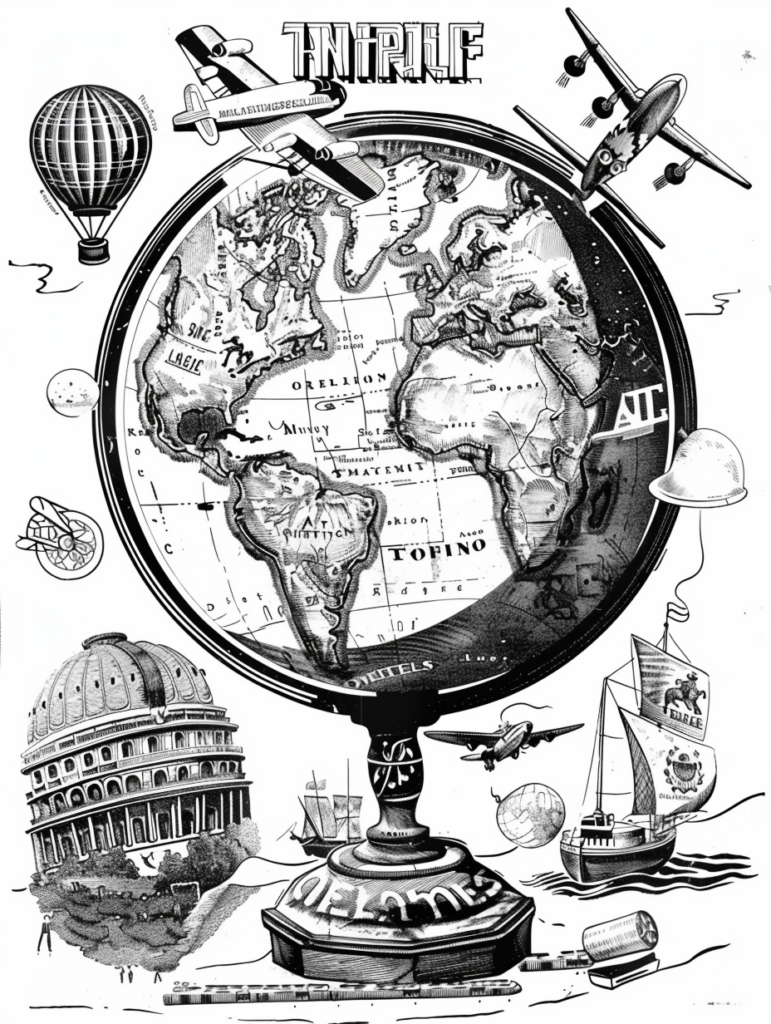
The Hidden Ladder: From Transaction to Belonging
When most people think of marketing, they imagine ads that push products. A discount here, a promo there, and customers decide where to buy. But real brand power goes deeper. The strongest marketing builds a hidden ladder. Step by step, it moves people from asking “where can I buy this?” to saying “I am part of this brand’s world.” At the top of the ladder, the product itself becomes secondary. What matters most is belonging.
The First Step: Solving a Need
Every journey starts with a need. Someone wants shoes, coffee, software, or insurance. At this stage, the questions are simple. Where can I get it? How much does it cost? What are the features? This is the entry point of the hidden ladder.
Brands at this stage compete with logic. Price, convenience, and product details matter most. The role of marketing is to show that the brand can meet the need better or faster than others. But if the conversation stays only here, the relationship stays shallow. Customers may buy once, but loyalty will be weak.
The Second Step: Building Trust and Preference
After the first purchase, the next step is trust. Consistency in quality and experience turns a buyer into a repeat customer. Logos, colors, and style reinforce recognition. Clear communication builds credibility. Small gestures of reciprocity, like free samples or great service, make the relationship feel fair.
At this level, marketing starts to shift from logic to emotion. Customers no longer ask “where to buy.” They ask, “should I buy here again?” The ladder is climbing. The product is not just an object anymore. It becomes a symbol of reliability.
The Third Step: Identity Connection
The hidden ladder gets powerful when brands link themselves to identity. Customers begin to see the brand as part of who they are. A runner wears Nike not only for performance but because the swoosh signals “I am an athlete.” A coffee drinker chooses Starbucks not just for caffeine but for the ritual of belonging to a global café culture.
At this stage, marketing shifts from features to values. Ads highlight creativity, freedom, or sustainability rather than specs. The brand speaks in a voice that resonates with personal beliefs. Customers buy not only because they need the product but because it fits the story they tell about themselves.
This identity layer is where loyalty strengthens. Competitors may offer similar products, but switching feels harder because it threatens the customer’s self-image.
The Top Step: Movement and Belonging
The final step of the hidden ladder is belonging to a movement. The brand becomes larger than the product. It becomes a cause, a community, or a cultural symbol. Customers do not just buy. They participate.
Tesla is not only about cars. It is about accelerating the shift to sustainable energy. Patagonia is not only about jackets. It is about saving the planet. Apple is not only about devices. It is about creativity and challenging the status quo.
At this stage, customers speak of “we” instead of “they.” They defend the brand in conversations. They wear the logo proudly. They feel part of something bigger than themselves. Marketing no longer pushes sales. It cultivates meaning.
Why the Hidden Ladder Works
The hidden ladder works because it mirrors human psychology. People want more than products. They want trust, identity, and belonging. Brands that guide customers through each stage create deep emotional ties.
It also protects against competition. A shopper comparing prices can switch brands easily. But someone who feels part of a movement is far less likely to leave. The ladder makes the relationship sticky. It transforms casual buyers into advocates.
The steps are not always obvious, but they are always there. From solving needs, to building trust, to shaping identity, to creating movements, the climb is gradual but powerful.
Conclusion: From Buyers to Believers
Marketing that stops at selling misses the bigger picture. The real magic happens when brands build the hidden ladder. Step by step, they take customers beyond transactions. They create trust, connect to identity, and build communities that feel like movements.
Not every brand will reach the top. But those that do become more than businesses. They become part of culture. Customers no longer ask “where to buy.” They say, “this is who I am.” That is the ultimate goal of the hidden ladder.
